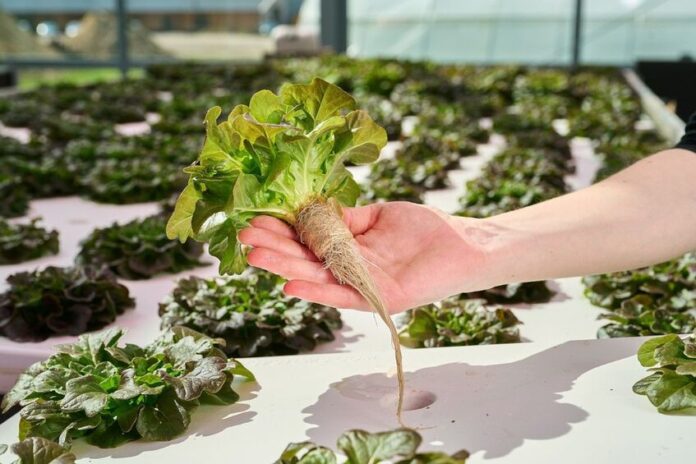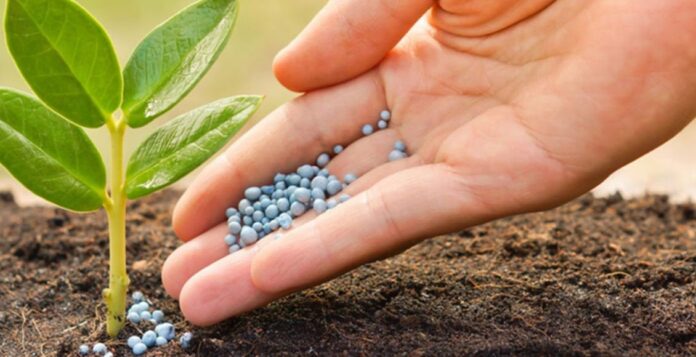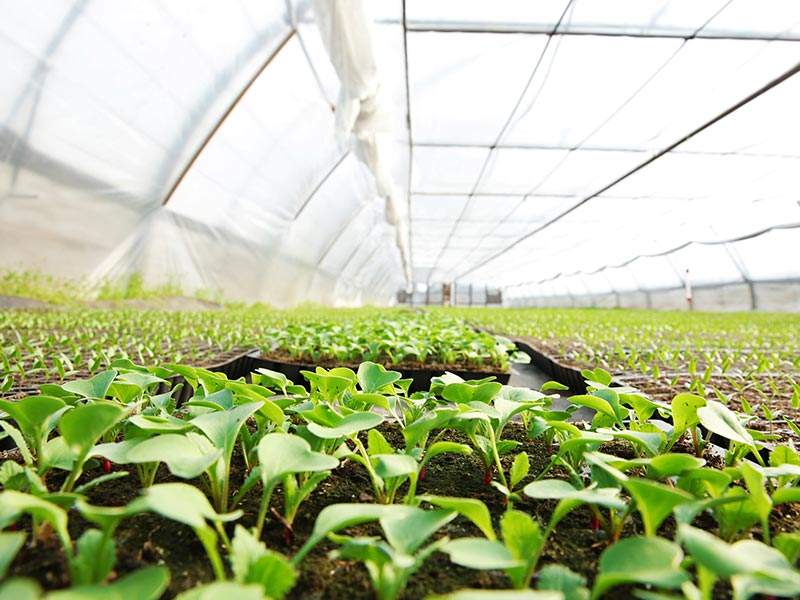In the world of plant farming, substrates play a pivotal role in the growth and health of plants. Whether you’re a seasoned gardener or new to the field, understanding the role of substrates can significantly enhance your farming practices. This post delves into five critical aspects of substrates in plant farming, providing valuable insights for a diverse readership.
1. What is a Substrate?
A. Definition and Importance

A substrate in plant farming refers to the base or medium in which plants grow. It’s much more than just soil; it can range from natural soil to artificial media like coco peat or perlite. Substrates are crucial as they provide support, nutrients, and air to the plant roots, influencing water retention, drainage, and the overall health of the plant.
B. Types of Substrates
There are various types of farming substrates, each with unique properties and uses. Organic substrates like peat moss offer excellent water retention, while inorganic ones like vermiculite improve aeration. The choice of substrate depends on the plant type, environmental conditions, and specific requirements of the farming practice.
2. Role in Nutrient Delivery
A. Nutrient Retention and Release

Substances play a key role in how nutrients are held and released to plant roots. Some substrates, like clay, have high nutrient retention, slowly releasing them over time. Others, like sand, offer less retention, requiring more frequent fertilization.
B. pH and Nutrient Availability
The pH level of a substrate significantly affects nutrient availability. A balanced pH ensures optimal nutrient uptake. Organic substrates often have a lower pH, beneficial for acid-loving plants, while inorganic ones may need pH adjustments.
3. Water Management
A. Water Retention and Drainage

Different substrates have varying capacities for water retention and drainage. For instance, substrates like coconut coir retain moisture well, making them ideal for plants that require consistent moisture. On the other hand, sandy substrates offer excellent drainage, suited for plants that prefer dry conditions.
B. Impact on Plant Health
Proper water management in substrates is crucial for preventing issues like root rot or drought stress. Understanding the water needs of your plants and choosing the right one can ensure healthy growth and yield.
4. Substrate Sterilization
A. Importance of Sterilization
Sterilization is essential to eliminate pathogens, pests, and weed seeds. This process helps in providing a clean and disease-free environment for growth.
B. Methods of Sterilization
Common sterilization methods include steam sterilization, solarization, and chemical treatments. Each method has its advantages and suitability depending on the type of substrate and scale of farming.
5. Sustainability and Environmental Impact
A. Environmental Considerations

The choice of substrate can have environmental implications. Peat, for instance, is a non-renewable resource, and its extraction can harm ecosystems. Alternatively, substrates like coco coir are more sustainable and eco-friendly.
B. Future Trends in Substrate Use
The trend in use is moving towards sustainable and renewable options. Innovations in technology focus on reducing environmental impact while maintaining or enhancing the benefits for plant growth.
Conclusion
In conclusion, substrates are a fundamental aspect of plant farming, influencing everything from nutrient delivery to environmental sustainability. Understanding these five key areas can help in making informed decisions for successful and responsible plant farming.




